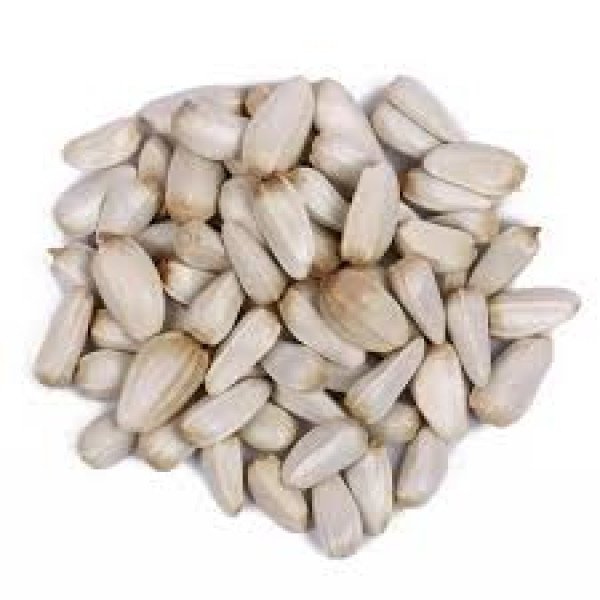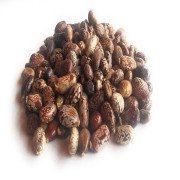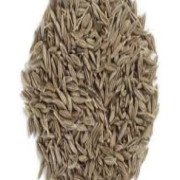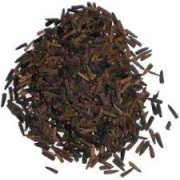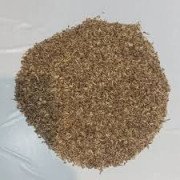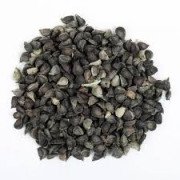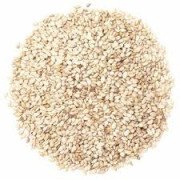- Home >
- Beej Karad - Karad (seeds) - S...
Beej Karad - Karad (Seeds) - Safflower Seeds - Kusum (Beej) - Beej Karar - Karan Beej - Carthamus Tinctorious - Dyer's Saffron BEEJADA KARUDA
₹ 250.00
Safflowers can be harvested during February. They grow on shrubby plants that produce purple flowers before the plant begins to bloom. The plant is also known for its thistle-like shape and scraggly foliage, which makes it an unattractive choice for decorative landscaping.
Safflower seeds are a useful but relatively uncommon type of birdseed, but because of their great nutrition and which birds eat them, they are gradually growing in popularity among backyard birders. Learning more about safflower seeds can help birders decide whether this seed would make a good addition to their feeding stations and how they can best incorporate it into their bird feeding menu.
Safflower oil is used as a cooking medium due to its low saturated fats content and high smoke point (220 degrees C). As a result, safflower oil has become more popular in recent years as a replacement for vegetable oils such as coconut oil or olive oil.
Bird owners who use safflower oil as part of their diet should be aware that it may cause digestive problems if ingested by birds who have been fed it directly or through their water supply.
The seeds, on the other hand, are ideal for birds, and safflower is cultivated as a crop in many areas, including the United States, Canada, India, Mexico, Ethiopia, China, Argentina, and Kazakhstan.
Other Names: Karad Seeds, Safflower Seeds, Kusum Beej, Dyer's Saffron, Carthamus Tinctorious, Dyer's Saffron
Related products
Currently unavailable!
Currently unavailable!
Currently unavailable!
Currently unavailable!
Currently unavailable!
Currently unavailable!
Currently unavailable!
Currently unavailable!
Currently unavailable!

